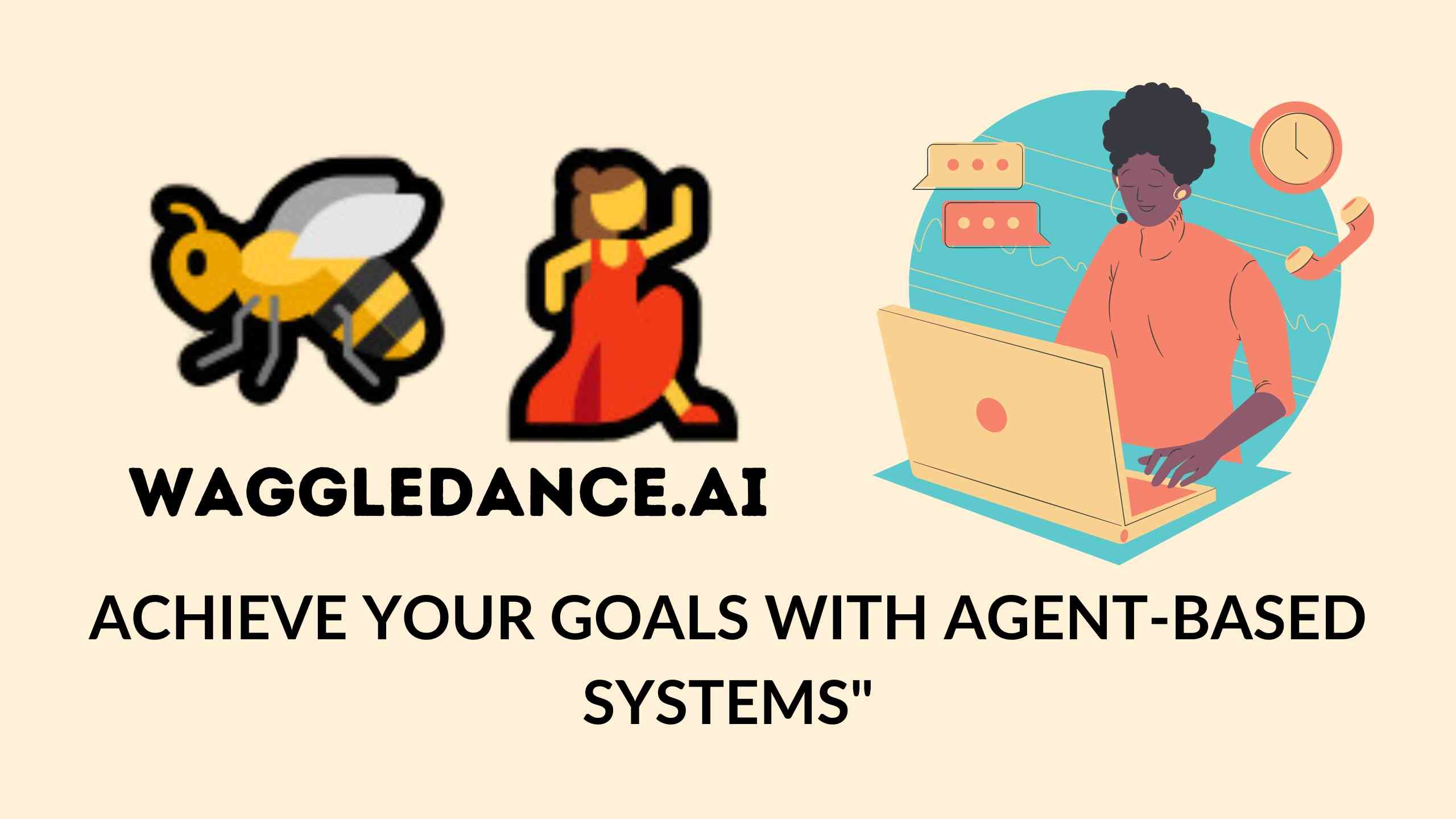Explore Waggledance AI 2: Achieve Your Goals with Agent-Based Systems”
- AI Image Generators Software AI Writing Assistant Popular Tools AI Tools


Explore Waggledance AI 2: Achieve Your Goals with Agent-Based Systems
Introduction
In the dynamic world of experimental applications aimed at achieving user-specified goals, Waggledance.ai emerges as a trailblazer. This article delves into the captivating realm of agent-based systems and uncovers the key features and philosophies that drive this groundbreaking project.
The Vision of Waggledance.ai
Waggledance.ai is far from your run-of-the-mill project. It presents a user-friendly yet opinionated interface for crafting agent-based systems. At its heart, this project embodies several fundamental principles:
- Explainability: Gain insights into the system’s actions and decision-making processes.
- Observability: Get a transparent view of the system’s inner workings.
- Concurrent Generation: Achieve efficiency through simultaneous task execution.
- Exploration: Embrace an adaptable approach that values experimentation and evolution.
The Pre-Alpha Phase
Currently in its pre-alpha stage, Waggledance.ai epitomizes its development philosophy, where experimentation takes precedence over stability. This approach aligns with the ever-evolving landscape of agent systems.
Under the Hood: How Waggledance.ai Works
Waggledance.ai takes a user-specified goal and hands it over to a Planner Agent. The Planner Agent orchestrates the execution graph for sub-tasks. These sub-tasks are executed concurrently by Execution Agents. To ensure the quality of results and prevent undesirable outcomes, Criticism Agents meticulously review sub-results. And here’s where the human touch comes into play – users can engage with individual Agents, providing course-corrections if needed.
Inspirations and Core Tenets
Waggledance.ai draws inspiration from Auto-GPT and shares concurrency features similar to those found in gpt-researcher. Its core tenets include:
- Speed: Swift and efficient execution of tasks.
- Accuracy: Ensuring precision in results.
- Observability: Providing a clear view of system operations.
- Simplicity: A user-friendly experience for all.
Accessibility and Versatility
While many agent systems are predominantly written in Python, Waggledance.ai takes a different approach, making it accessible to a broader audience, including JavaScript developers.
API and Architecture
Waggledance.ai offers an (unstable) API through tRPC and Next.js. The client-side handles the orchestration and rendering of agent executions, while the API and server-side manage the execution and storage of results. It’s worth noting that this architecture may evolve in the future.
Highlighted Features
- Highly Concurrent Execution: Waggledance.ai starts by planning a highly concurrent execution graph. Some sub-task branches can run concurrently, enhancing efficiency.
- Adversarial Agents: Agents that review results, ensuring the quality of outcomes.
- Vector Database: Long-term memory storage for comprehensive data management.
- Explainable Results and Responsive UI: Waggledance.ai offers a user-friendly and informative interface, including a graph visualizer, sub-task results, agent logs, and events.
Get Involved
If you’re captivated by the potential of Waggledance.ai and want to be a part of this exciting journey, here are some relevant links to explore:
- Support Waggledance.ai on Patreon: Contribute to the project and its creators.
- Explore the Project on GitHub: Dive into the project’s codebase, collaborate, and contribute.
- Join the Indie Hackers Community: Connect with like-minded individuals in the indie hacker community.
- Visit the Official Waggledance.ai Website: Stay updated on the latest developments, news, and announcements.
- Discover Waggledance AI 2 on Indie Hackers: Explore the project and engage in discussions with the community.
In conclusion, Waggledance.ai is an exhilarating experimental application that champions innovation and aims to assist users in reaching their goals through agent-based systems. With a firm commitment to explainability, observability, concurrency, and exploration, this project is poised to make a significant impact in the realm of AI and automation.











